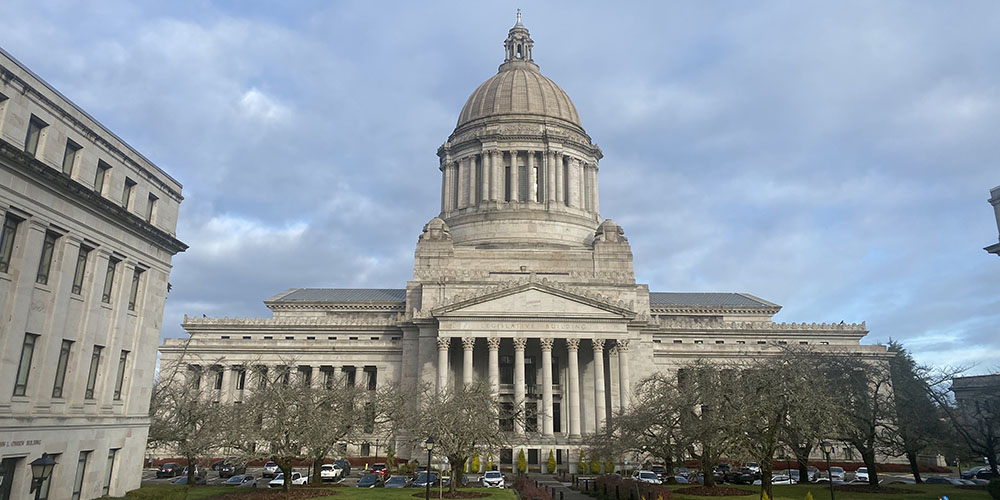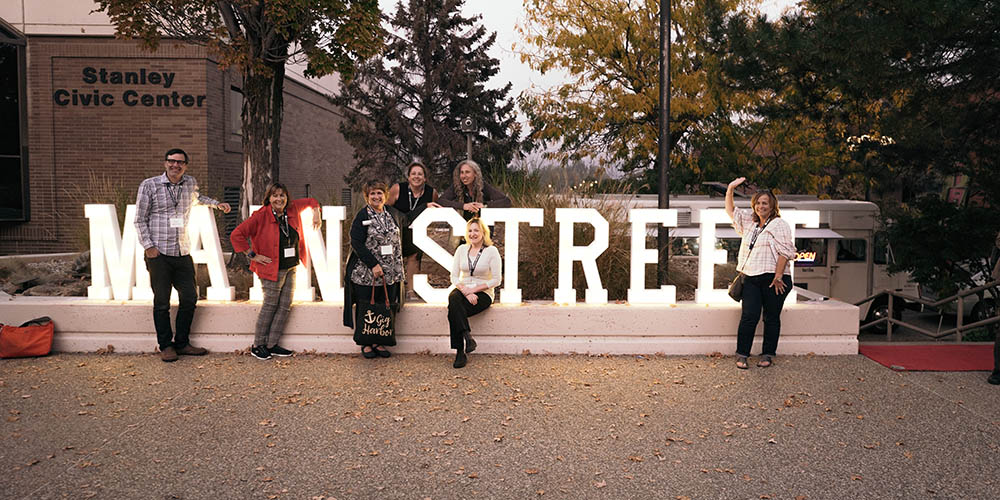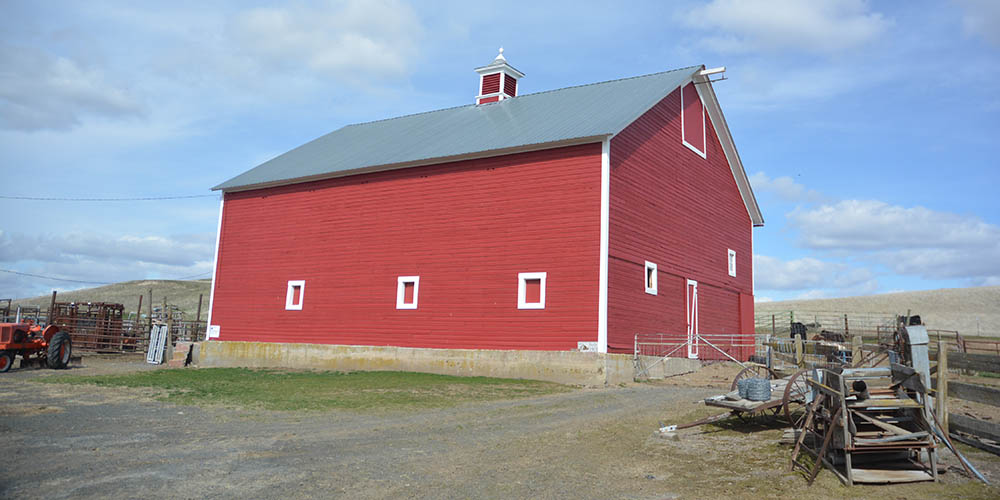State Legislative Recap

By Chris Moore, Executive Director
In January 2021, the Washington State Legislature began what could rightfully be termed an unprecedented legislative session. The capitol campus remained on lockdown from COVID-19, and legislators prepared to conduct all business remotely. Accommodations across the board were implemented, with elected leaders, staff, and essentially the entire legislative apparatus pivoting to implement a virtual session. Focus obviously centered on the impacts of the pandemic and legislative efforts to shepherd the state through the crisis.
The contrast with the 2023 legislative session could not have been more pronounced. After a two-year hiatus from Olympia (the 2022 session convened primarily in virtual fashion as well), policymakers were eager to be back in person. For those elected in November 2020, the 2023 session marked their first spent in the capital. Coupled with a larger-than-usual group of freshman legislators elected in 2022, a significant portion of the legislature could be counted as newcomers. As the only statewide advocacy organization dedicated to preserving historic and cultural resources, the Washington Trust for Historic Preservation closely followed the action in Olympia.
From a policy standpoint, housing stood out as a key issue for elected officials. We are facing a housing crisis across the state, in terms of both the supply and the cost of housing. Efforts undertaken last year to address this crisis were redoubled this session with the introduction of numerous bills intended to allow for more density in cities and towns across the state while also streamlining the permitting and regulatory processes that guide residential development. Throughout the session, we at the Washington Trust worked to remind legislators that historic neighborhoods—those that enjoy landmark designation at the local or federal level, along with those that simply represent unique and diverse collections of housing stock—have traditionally accommodated density over time. Larger, single-family houses from the early 20th century have often been converted to multi-family structures with later (1920s-1940s) apartment buildings cropping up as residential infill when cities grow, expanding from the downtown core. These development patterns ceased as jurisdictions adopted more rigid land use rules, instituting zoning ordinances that mandated specific uses and housing types within delineated areas.
Housing bills passed this session would reverse the trend, allowing by right four-unit structures in residential zones in many cities across the state. As these bills were debated, Washington Trust staff worked with legislators to acknowledge the important role that historic resources have played in providing a wide range of housing while also telling the story of how communities develop over time. Working with state elected officials, we crafted language ensuring consideration of locally designated historic buildings and districts as new infill housing is constructed. We centered the compatibility of increasing housing supply goals while also retaining existing buildings. Housing will continue to be an urgent priority in the coming years, and the Washington Trust is committed to working with the legislature on solutions that avoid erasure of neighborhood histories.
The state’s capital budget has always been a key source of funding for preservation- and heritage-related projects. Each year, we advocate for the continuation (and at times expansion) of these programs. 2023 was no exception, and we are thrilled to note the continuation of critical grant programs supporting the rehabilitation of historic resources.
Within the Washington State Department of Archaeology and Historic Preservation (DAHP), the following programs received funding in the 2023-2025 state budget:
- Historic County Courthouse Grant Program: $3.162 million to support rehabilitation of courthouses in 8 counties across the state (up from $1.75 million in 2021-2023)
- Heritage Barn Grant Program: $1 million to support working barns (equal to 2021-2023 funding)
- Historic Cemetery Grant Program: $515,000 to support cemetery preservation (up from $300,000 in 2021-2023)
- Historic Theater Grant Program: $515,000 to support rehabilitation work on historic theaters (up from $300,000 in 2021-2023)
For the Washington State Historical Society, the legislature again provided $10 million to fully fund the Heritage Capital Projects (HCP) Grant Program. Funding will support 28 projects across the state, the majority of which focus on historic rehabilitation work (including a roof replacement project on our own Stimson-Green Mansion and Carriage House). Collectively, these grant programs leverage local investment more than double the amount of grant funds awarded. They focus on projects that are truly unique and significant to their local communities.
Finally, in the 2021-2023 state budget, as a response to the pandemic and in an effort to support small businesses across the state, the legislature increased support for the Washington State Main Street Program, which is housed in the Department of Archaeology and Historic Preservation. This increase enabled the program to add staff and enhance services provided to more than 70 participating communities. Considered a one-time increase, however, concern soon arose about retaining these funding levels in the 2023-2025 state budget. Thankfully, DAHP prioritized the program, seeking to maintain funding levels as part of the agency’s budget request last fall. Governor Inslee too, understanding the power of Main Street, included full funding in his proposed budget in December. In April 2023, the legislature followed suit, maintaining the program’s full funding in the 2023-2025 budget as passed. Moreover, the budget makes this funding level the new norm for Main Street, obviating the need to seek full funding each budget cycle.
Overall, the budget turned out to be a positive one for preservation and heritage-related programs. We are appreciative to the governor and the legislature for their work to support historic and cultural resources in Washington!
Top of the page: The Washington State Capitol Campus in Olympia in spring. Photo courtesy of Northwest Public Broadcasting.

Main Streeters convene at the RevitalizeWA conference in Wenatchee in October 2022. Photo courtesy of Heirloom Creatives.

The Krause Barn in Adams County, a 2021-2023 Heritage Barn Grant recipient. Photo courtesy of Chris Moore.
